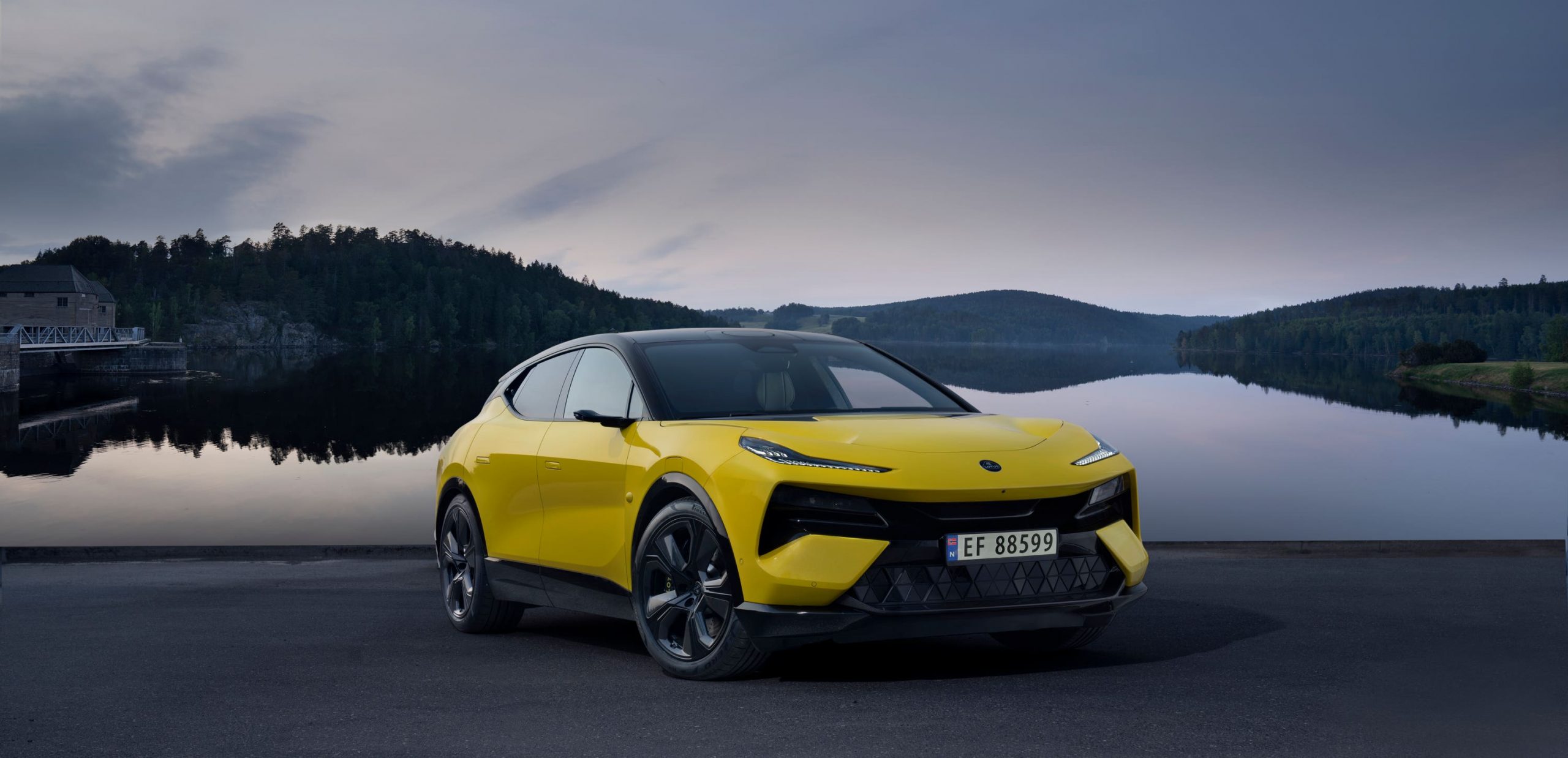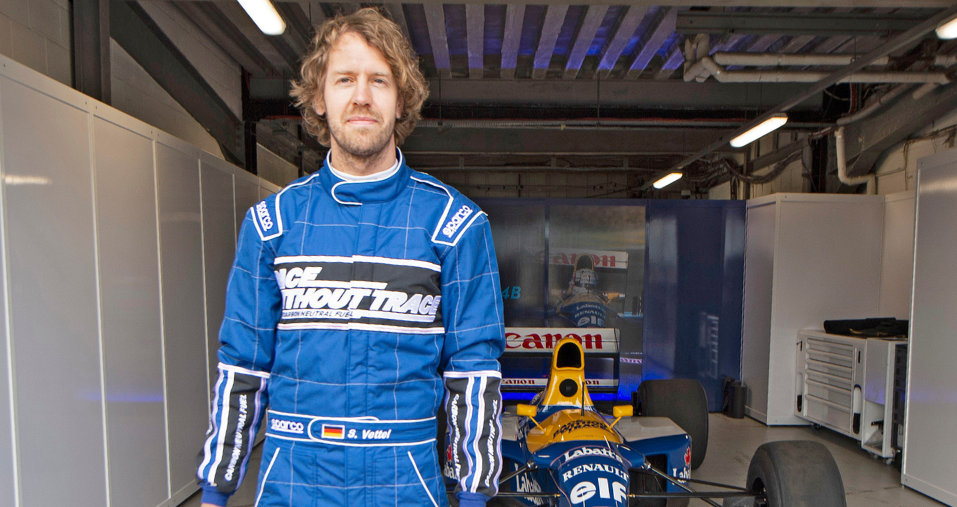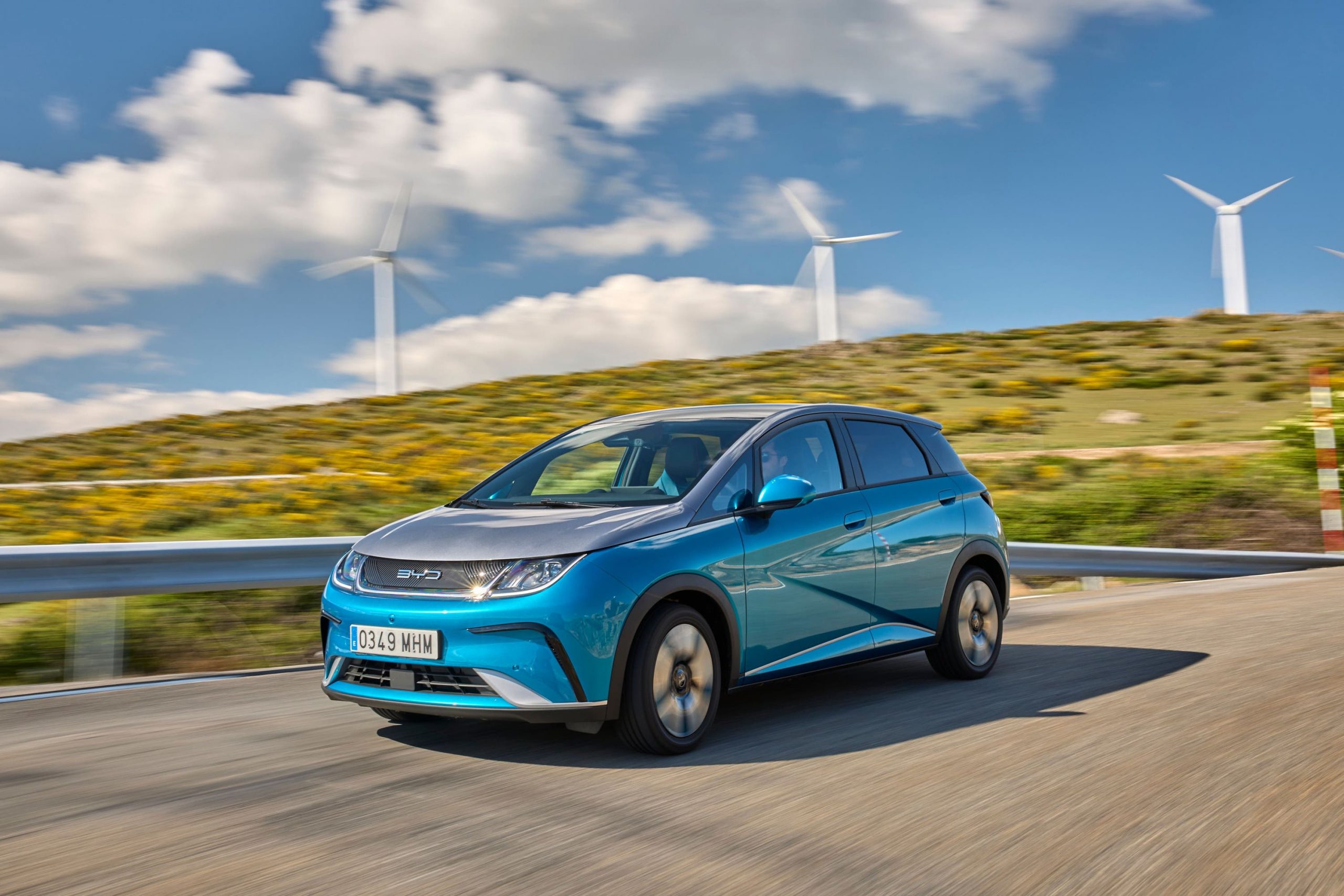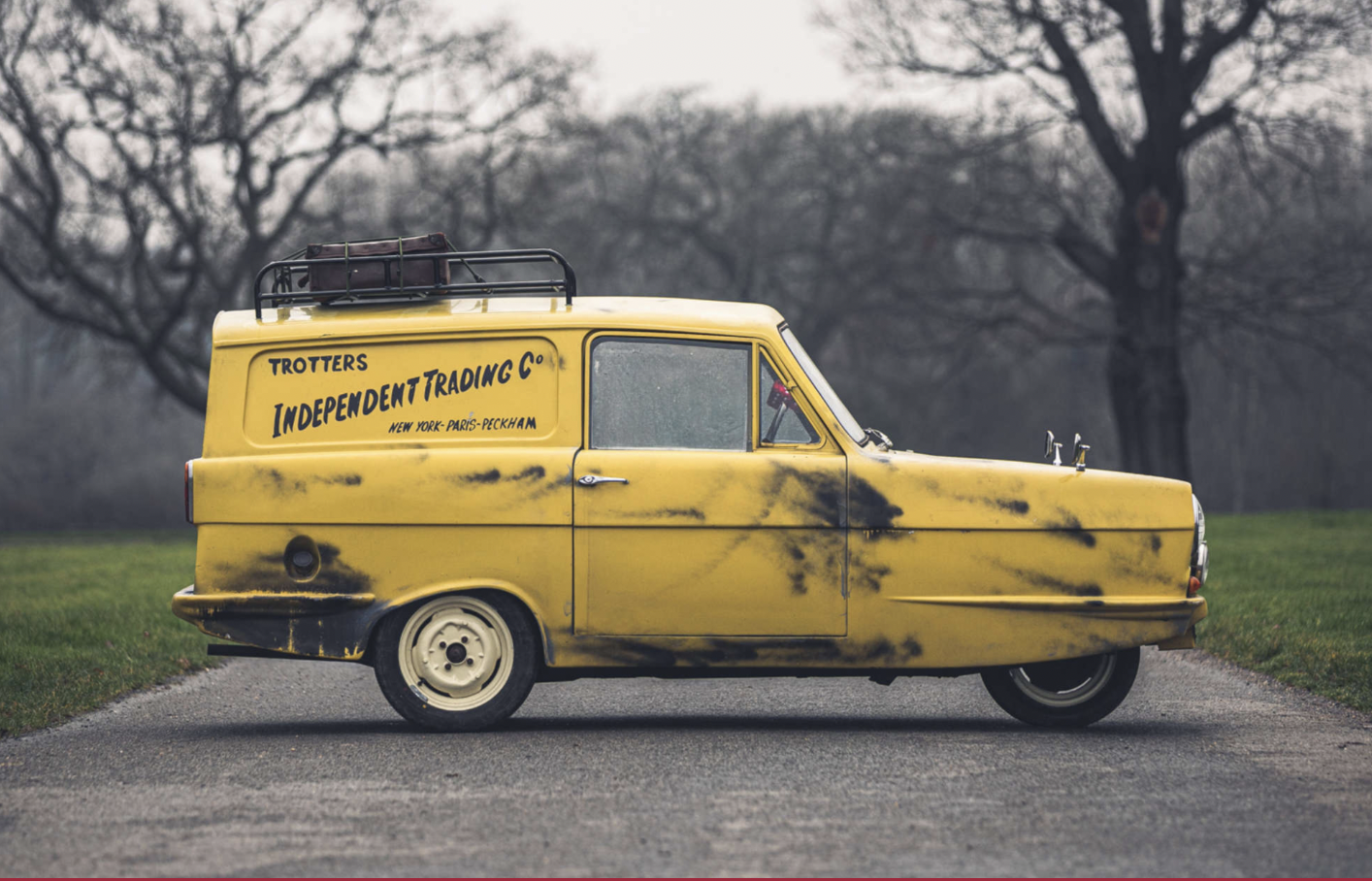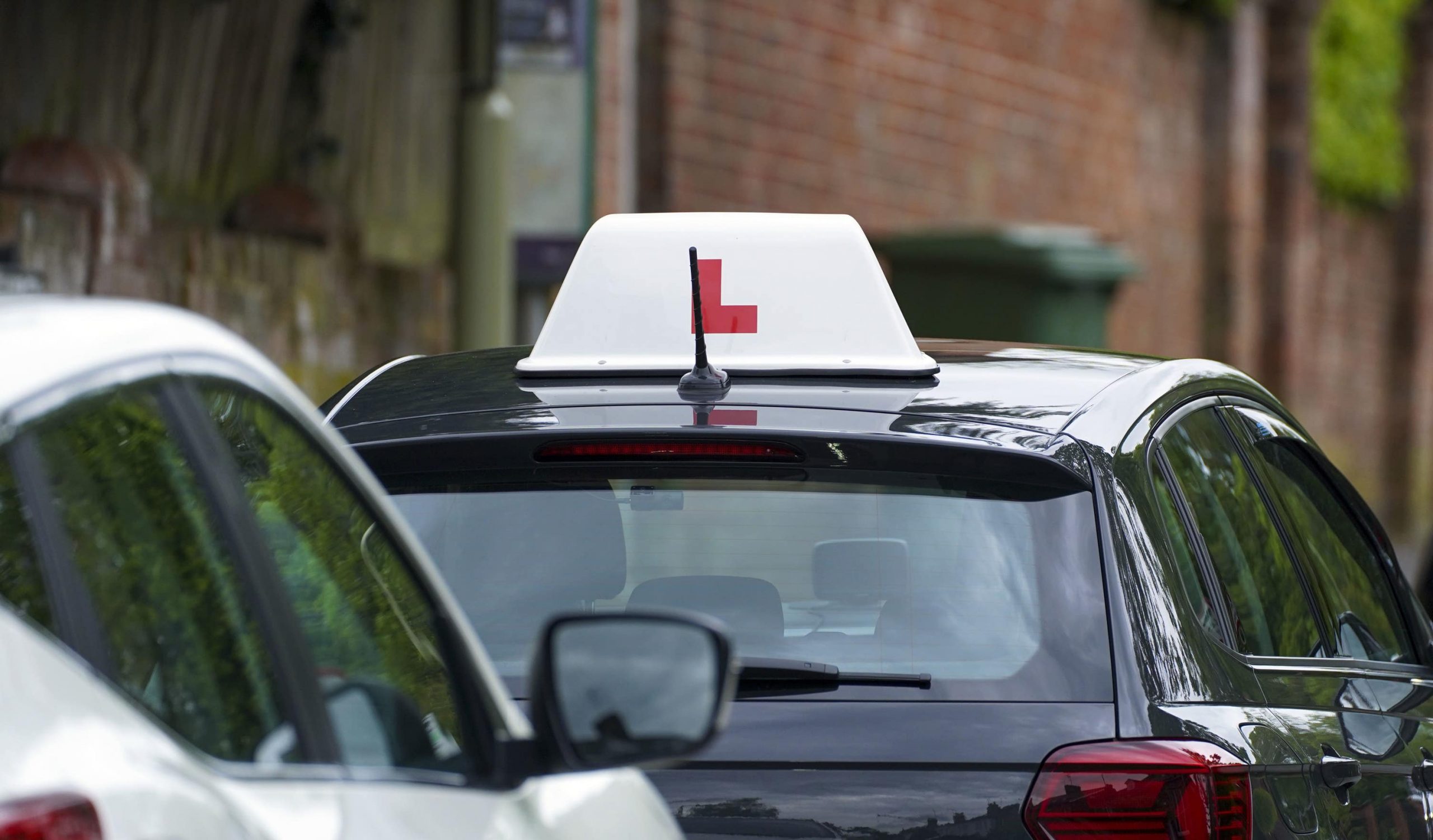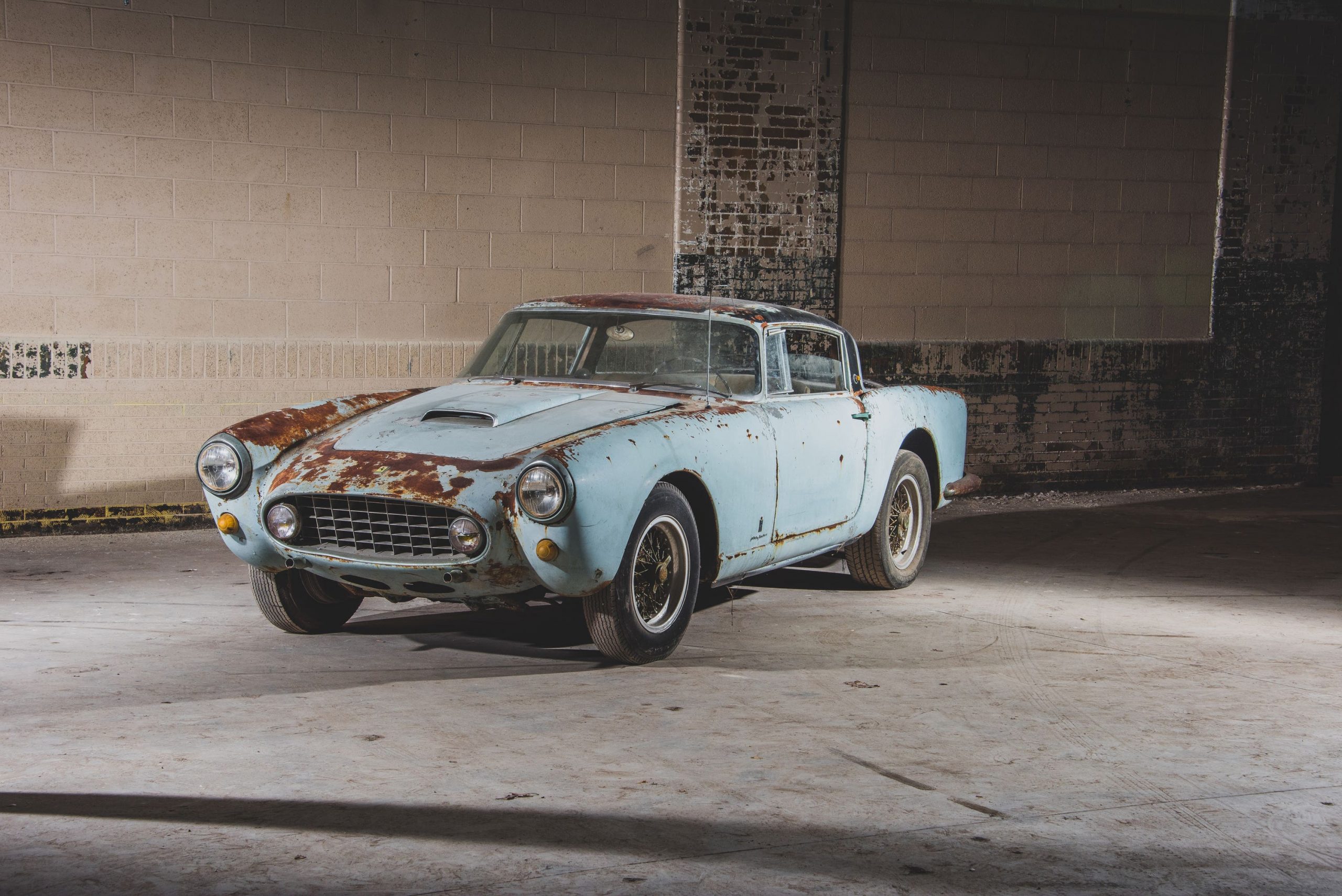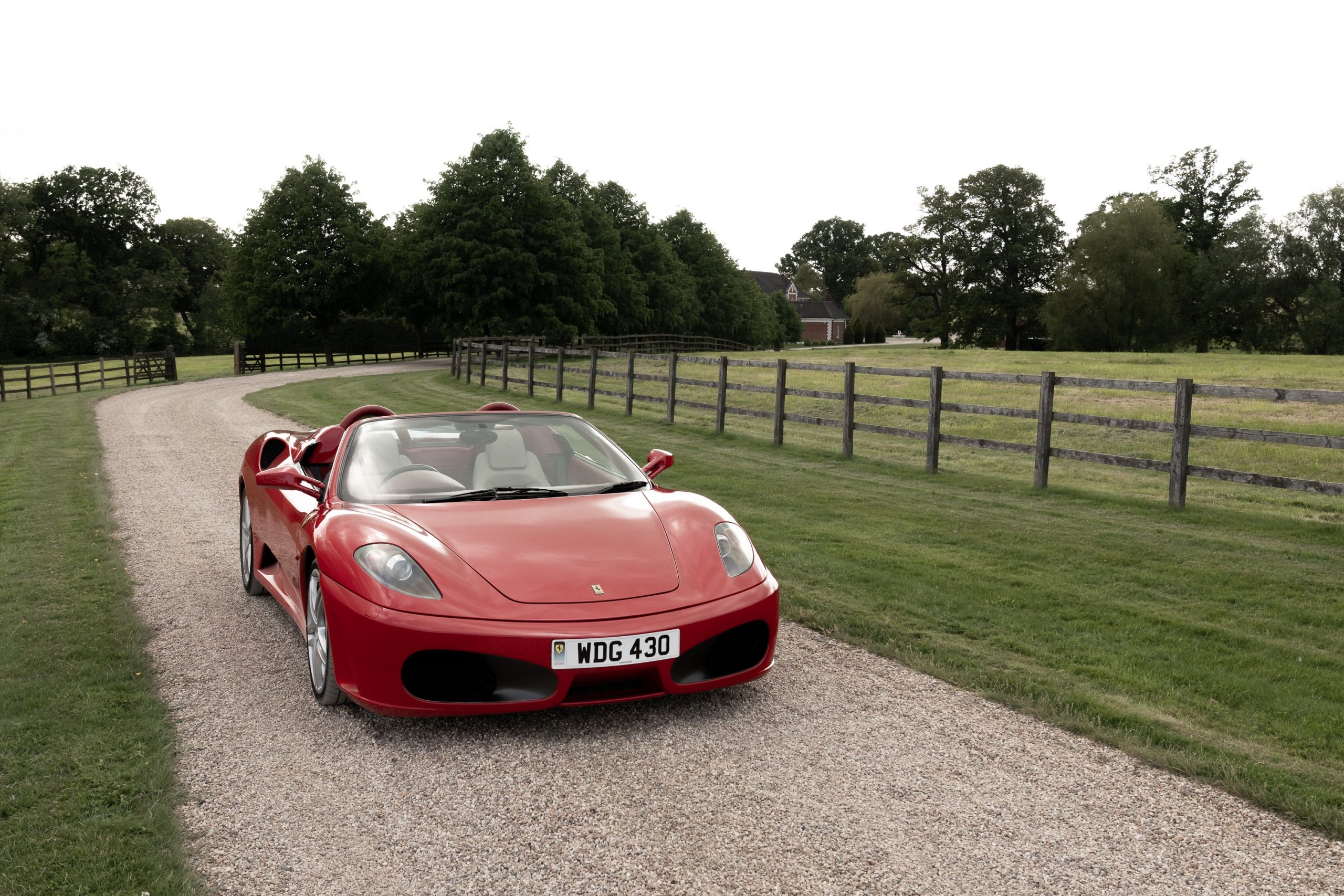The new Lotus Eletre is the Norfolk-based firm’s latest electric SUV. Jack Evans has headed out to Norway to see what it’s got to offer.
What is it?
It’s a Lotus, but not as you might know it. The Hethel-based firm might be best known for its lightweight sports cars – think the Elise or hardcore Exige – but it’s now switching to focus directly on electric vehicles. It has already kickstarted this transition with the Evija hypercar but it’s this, the new Eletre, which is how Lotus plans to enter into the flourishing premium EV market.
With some serious backing from parent company Geely, the Eletre is a car jam-packed with technology and cutting-edge features – but is it still a thoroughbred Lotus or just another battery-powered SUV? We headed to Norway to find out.
What’s new?
There’s a lot going on here. The Eletre uses a Geely-sourced platform which you’re set to find underneath a number of other models within the group. But, with Lotus at the tuning helm, we’ve got a more driver-focused setup with clever damping control to ensure that this 2.5-tonne beast stays as level as possible through the bends.
But inside, there’s a whole lot to take in as well. The Eletre is one of the first cars to use an infotainment setup that uses technology sourced from computer gaming, meaning that it’s sharp and quick to respond. There’s also the option to have this Lotus as either a four- or five-seater, with the former bringing two comfort-focused chairs for the rear passengers to relax in.
What’s under the bonnet?
From launch, there are three flavours of Eletre – the standard car, Eletre S and range-topping Eletre R. Separating those two initial specifications is a boost in standard equipment but performance and power remain the same; in the R, things are taken up a level. For this test, however, we’re in the middle-rung Eletre S.
A single motor brings 603bhp and 710Nm of torque, equating to a 0-60mph time of 4.3 seconds and a top speed of 160mph. But, as with any EV, range is king – and the Eletre does quite well in this respect. Lotus claims up to 373 miles from a charge – but bear in mind that this can only be achieved on 20-inch wheels. They’re available as a no-cost option, but are the smallest available on this car.
What’s it like to drive?
Okay, so to address the elephant in the room – this is in no way a lightweight, modern interpretation of an ‘original’ Lotus model. It’s a large, heavy SUV built to deliver some pretty impressive performance while still remaining as comfortable as you’d want a high-riding car like this to be. Put previous assumptions about Lotus aside and this is one fine-handling model; the steering is sharp and accurate and the regenerative braking is handy with its three modes – though we don’t like the split-design paddle behind the wheel.
It rides pretty well, too. At slower speeds you can feel the car’s suspension struggling to mask the car’s weight, but it’s very accomplished at keeping the Eletre level and honest through the bends. There’s also no piped-in ‘electric’ noise, which is quite refreshing after several EV models which sound like a Hollywood film every time you press the throttle.
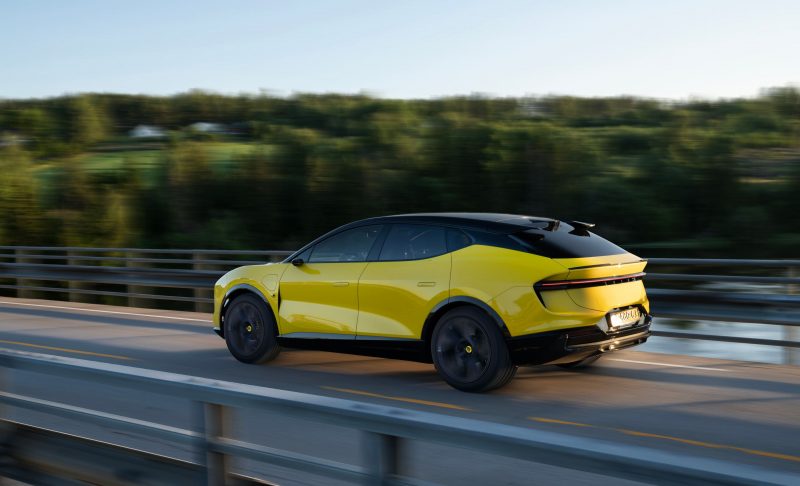
How does it look?
It’s going to divide opinion, this one. The Eletre hits the road with a very distinctive look, that’s for sure, with all manner of angles here, there and everywhere. There’s some active aerodynamics going on, too, with open and close flaps at the front helping to reduce drag when required thus improving range.
There’s very little to tie it to Lotus models of old, apart from a smattering of original Colin Chapman – the founder of Lotus – logos dotted throughout the cabin and on the outside pillar.
What’s it like inside?
It’s quite dramatic inside the cabin of the Eletre, but everything is beautifully finished. The seating position is high, but the sports seats are comfortable and nicely supportive. Prices for the Eletre start from £89,500 – or £104,500 for our ‘S’ version – and it definitely feels worthy of this tag. The material quality is great, as it is the general fit and finish.
As we’ve touched upon, the Eletre can be optioned in either five- or four-seater configurations, and we’d be tempted to lean towards the former just because it lends a little more practicality to this EV and allows you to fully lower the seats to expand the boot. You also get more boot space as standard – 688 litres over the four seater’s 611 – which expands up to 1,523 litres with the seats down. A useful ‘frunk’ adds an extra 46 litres, too.
What’s the spec like?
The Eletre certainly commands quite a high price tag, but it’s got absolutely loads of technology on board to help justify this. The main focal point is the 15.1-inch OLED screen in the centre of the dashboard. At just 10mm it’s impressively thin, but it’s responsive and accurate with plenty of functionality. You can’t get Apple CarPlay at present – it’s said to be coming via an over-the-air update – but it’s more than user-friendly enough to begin with anyway. There are quite a number of menus, mind you, but it’s good that there are chunky physical controls for the heating.
The Eletre is also kitted out with some of the latest assistance systems available. At the front and rear you’ll find deployable LIDAR setups; they can’t be operated to deliver self-driving functionality at present due to local regulations, but it certainly puts the Eletre in good stead for the future.
Verdict
The Eletre isn’t just a good electric vehicle, it’s a good car in its own right. Though Lotus might’ve been behind the pack for EVs, the Eletre has put it firmly out in front and well ahead of rivals who have yet to introduce their own performance EV.
Sure, it might not tie in to the original Lotus lightweight philosophy, but the Eletre’s execution, delivery and driving stye are everything you’d expect from the team in Hethel.
Facts at a glance
- Model: Lotus Eletre
- Base price: £89,500
- Model as tested: Eletre S
- Price: £104,500
- Engine: Electric motor
- Power: 603bhp
- Torque: 710Nm
- Max speed: 160mph
- 0-60mph: 4.3 seconds
- MPG:
- Emissions: 0g/km
- Range (if applicable): 373 miles


